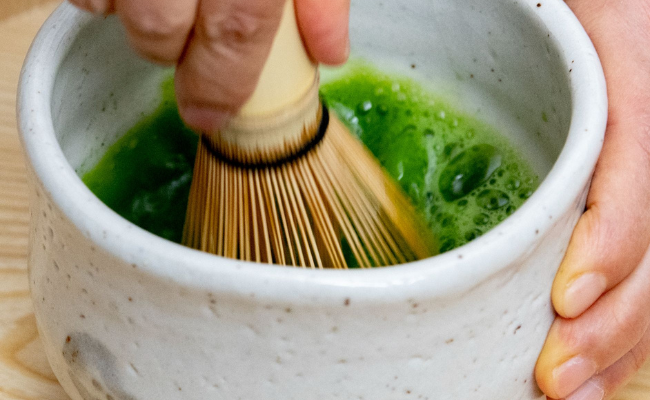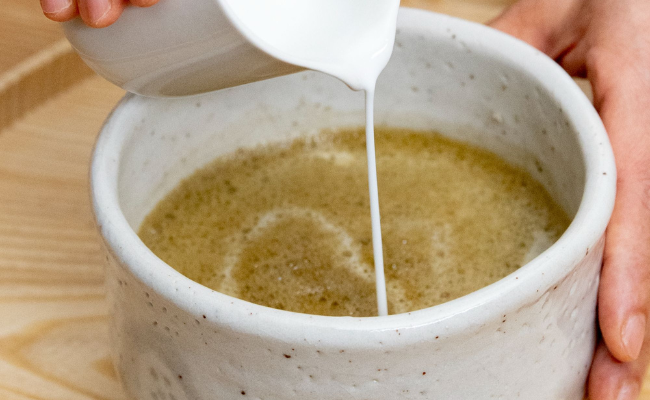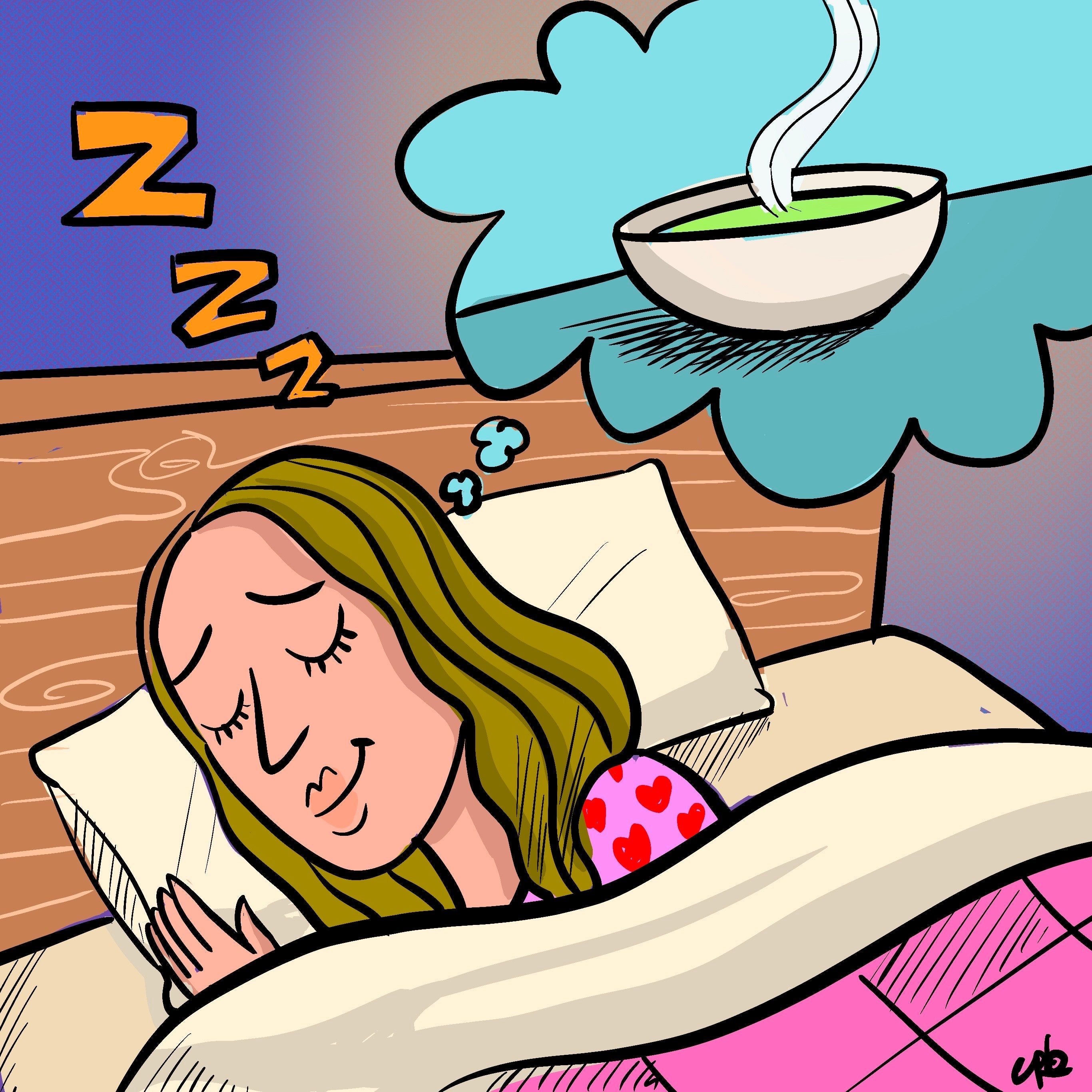Why my green tea is bitter,
REASONS WHY YOUR GREEN TEA IS BITTER.
All types of green teas have an underlying tang of bitterness, a mere whisper of sourness that adds character and complexity to the chorus of flavors.
But bitterness should never be more than a walk-on part in each day’s tea story - the denouement of that drama should always be a fresh and fragrant tastebud romance you’ll want to replay daily.
So what’s going on if that brief shock to the palate is overstaying its welcome and the green tea tastes bitter?
Here are a few common reasons why your green tea is bitter and how to simply tweak your brew style to prevent it from happening.
IS MY GREEN TEA FRESH?
Give your dry loose green tea a really good sniff before you use it - are your senses edified and delighted by aromas of grass, nuts, herbs, and sweetness combined?
If so, get the kettle on. If not it’s time to order another pack.
Your nose will be the judge, of course, but green tea, once opened, should be good for up to three months (vacuum sealed and unopened it can stay fresh for up to a year).
Make sure your Japanese green tea leaves are stored in an airtight container or caddy in a dark, dry place (even better, in your fridge but at least a shelf away from any strong-smelling foods such as cheese).
AM I ADDING TOO MUCH GREEN TEA LEAF TO MY POT?
Rules are made to be broken, or at least bent, right? Well, that’s a matter for your conscience but when it comes to the green tea to water ratio, there’s an age-old guideline that’s definitely worth staying within.
One - just one - heaped tablespoon (or if you have scales to hand, 5 grams) of tea to 150ml of water. Again, it’s a little trial and error - what’s your definition of heaped? - and it may not look like it’s enough but once the water is added you’ll realize it’s the perfect proportion to free the full spectrum of flavors and aromas locked in the leaves.
AM I USING THE RIGHT WATER?
Hard water, with naturally occurring elements that include calcium and magnesium, doesn’t do green tea any justice.
Soft water is predominant in Japan and the teas grown there have adapted to suit over the centuries.
If you live in a hard water area, that unpleasant bitterness - as opposed to the subtly astringent tang playing among the other flavors - is likely the tea reacting to it.
Try using bottled soft water or freshly drawn tap water that’s been filtered to make a perfect cup of tea.
USE COOLER WATER WHEN BREWING TO REDUCE THE BITTERNESS
One regular cause of bitterness in green tea is simply explained - the water is too hot. As a rule of thumb, the water for most green tea needs to be around 85 C (185F) so, after boiling your water, let it cool down for a few minutes before pouring. The cardinal rule is never to use boiling water.
Boiling water can scorch the leaves, which alters the flavor, and draws out more of the catechin elements in the tea, the source of much of the bitterness.
Letting your water sit for a while after boiling - or adding a little cold water to the teapot before topping up with boiling water - will have a noticeable effect on the brew.
For the optimum water temperatures for all of our green teas and matcha check out our very handy guide here [https://www.ochaandco.com/pages/how-to-make-green-tea]
AM I OVER-STEEPING? BREW FOR A SHORTER TIME.
The longer you steep a loose-leaf green tea in hot water the more tannins will be released from the leaves. It’s the tannins that hold the key to the astringency your taste buds either love or loathe.
Try steeping the green tea in your pot or cup for a shorter period and make a note of your timings.
There’ll be a bit of trial and error, but in the quest for your perfect cup, you’ll have experienced the full range of tastes and aromas your chosen green tea is capable of.
See How To Brew [https://www.ochaandco.com/pages/how-to-make-green-tea]guides for the best steeping times for our range of green tea.

WHEN WAS MY GREEN TEA HARVESTED?
Green tea harvest in Japan varies by region but typically happens three or four times a year.
The first green tea harvest (Ichiban, which means ‘first’ in Japanese and leads to ‘Ichibancha’, first flush tea) tends to result in nicely balanced, sweeter teas. If you’re buying your tea from us we guarantee it will be from an early harvest and the best quality.
The later harvests may result in earthier or more bitter green tea.
USE LOOSE-LEAF TEA NOT TEABAGS.
Loose-leaf tea is usually a higher quality green tea than that found in green tea bags. We recommend purchasing green tea made with leaves from a specialized tea shop - it will taste better and be less bitter.
TRY COLD BREWING
If you want to make green tea that doesn't turn bitter don't use water that is too hot. Brewing the tea using a cold brew method will result in a less bitter tea. Gyokuro is a really good green tea to try using this technique.
Pour some cool or room temperature water over 5 grams of tea leaves in a pitcher, cover with a lid, and let steep for a few hours. When the time is up, pour the pitcher out into a glass and enjoy a nice cool refreshing cup of sweeter delicious green tea. You can also leave the pitcher overnight in the fridge to get a more intense umami flavor.
GO FOR A SHADE-GROWN GREEN TEA.
Green tea that is grown fully or partially under shade such as Matcha [https://www.ochaandco.com/products/organic-single-cultivar-matcha], Kabusecha
[https://www.ochaandco.com/products/japanese-organic-kabusecha], or our organic Gyokuro [https://www.ochaandco.com/products/japanese-organic-gyokuro] are naturally sweeter. A popular green tea that is not shaded but still has a subtle sweetness is Sencha [https://www.ochaandco.com/products/japanese-organic-sencha-green-tea-loose-leaf].
When green tea plants are exposed to sunlight the naturally occurring L-thiamine - the wonderful mood-balancing chemical that all green teas secretly pack - transforms into catechins, the chemicals that create astringency and bitterness in tea.
But shading the young green tea plants with nets or blankets weeks before harvesting reduces the photosynthesis and tricks the green tea plants into producing surplus L-thiamine which greatly contributes to the flavor of the tea; a savory/sweet hit of umami without any bitter recriminations. This shaded type of loose tea.
CONCLUSION: NOT ALL GREEN TEAS TASTE BITTER
Despite common misconceptions, not all green teas taste bitter. By selecting quality teas and employing proper brewing techniques, you can experience the full range of flavors green tea has to offer. Don't let past bitter experiences deter you from exploring the diverse world of tea.




